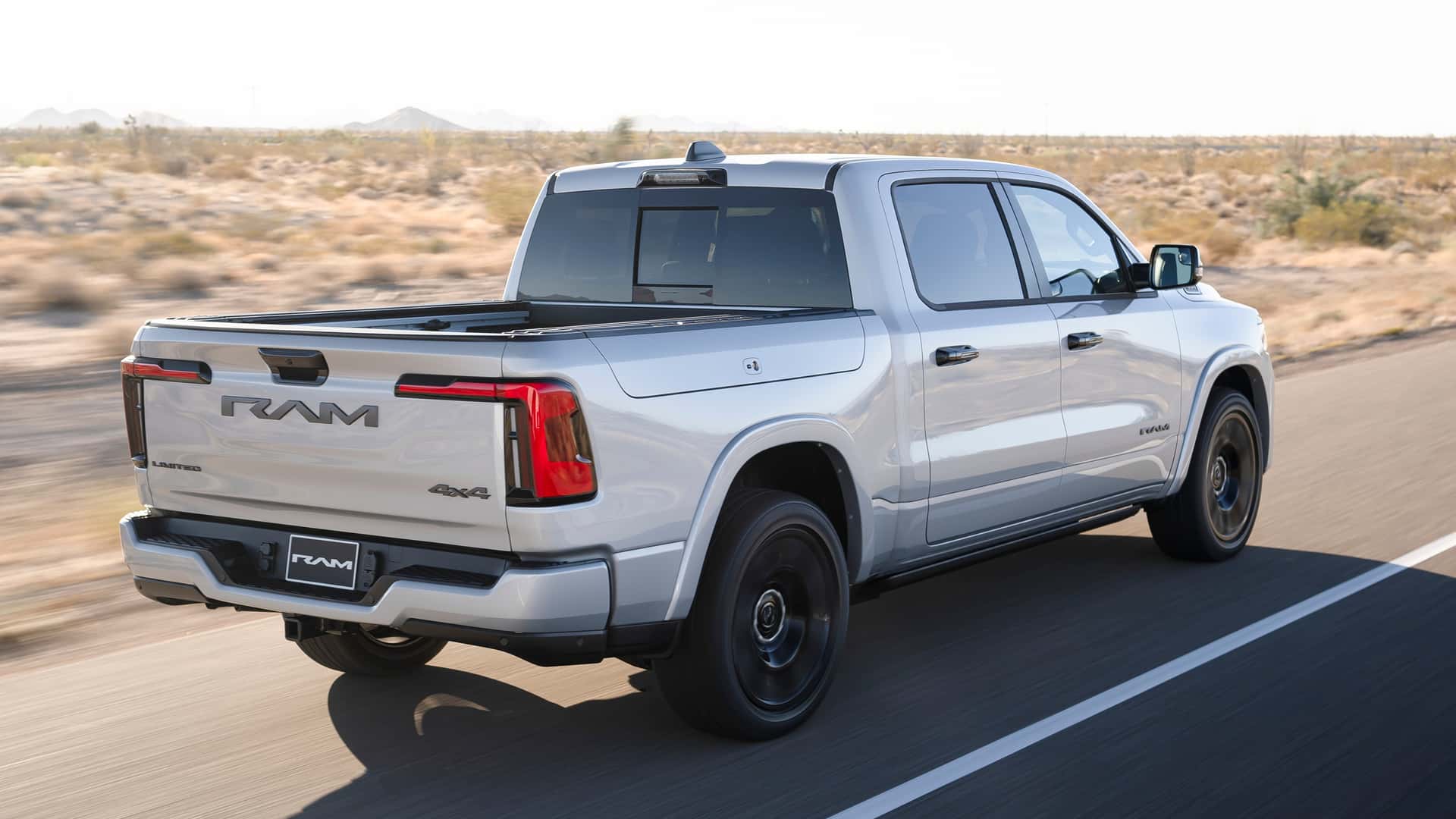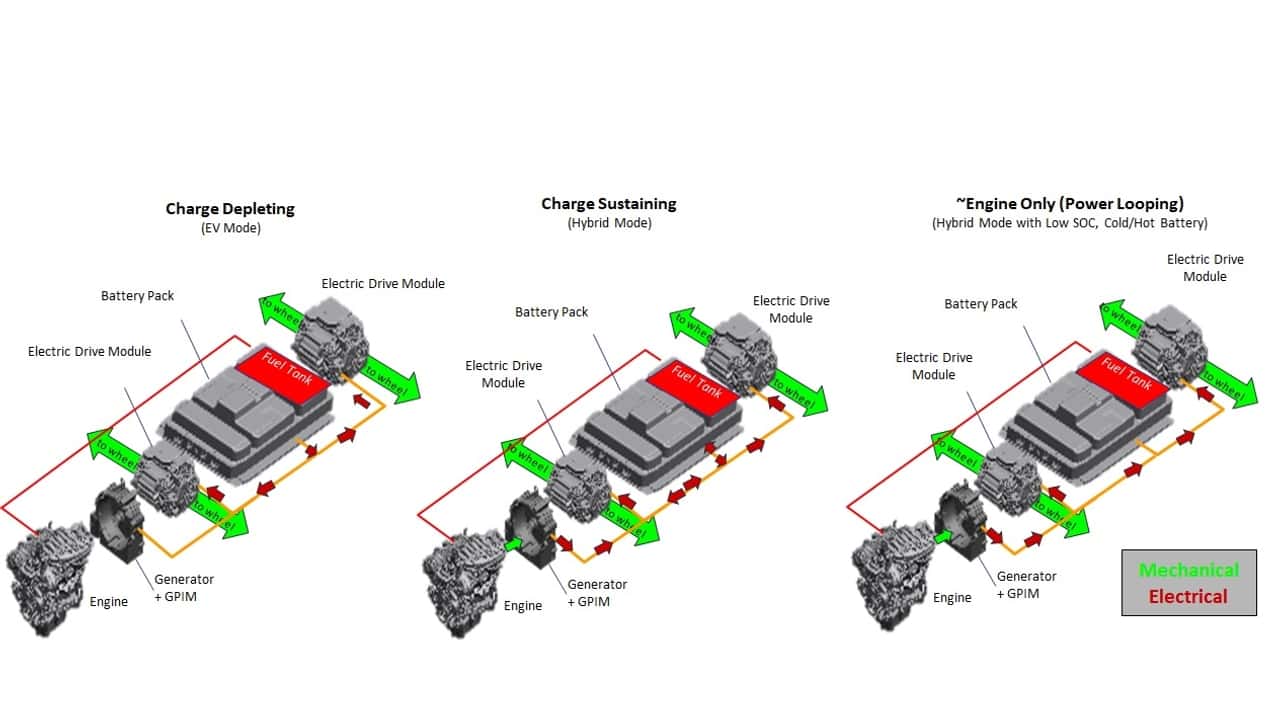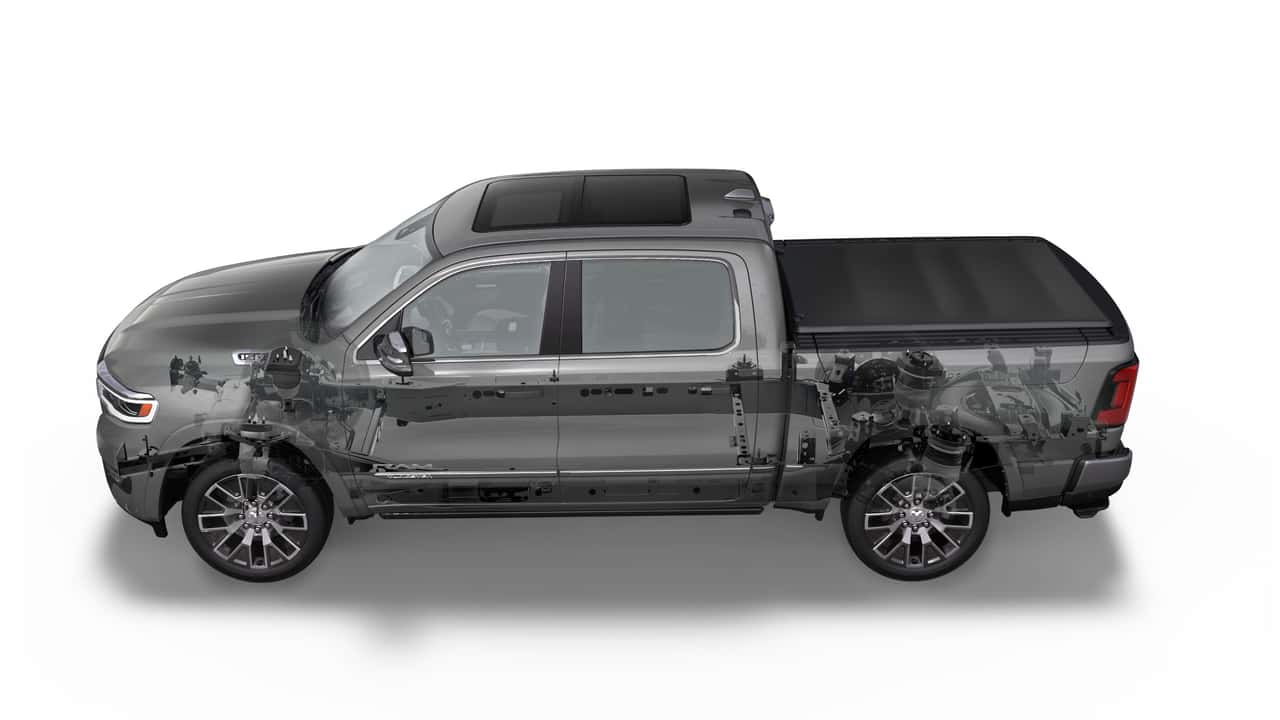Featured
- Get link
- X
- Other Apps
Here’s Why the Ram Ramcharger's Battery Holds Less Power Than You Think

A 92 kWh battery provides 70 kWh of usable power. By the way, this is designed for towing purposes.
- The Ram Ramcharger has a 91.8 kWh battery, but only 69.7 kWh are usable.
- Ram states this is intended to ensure a uniform driving experience whether the truck operates using electric power or relies on its gasoline engine.
- The truck also has a heavy-duty frame and 8-lug wheel hubs to haul more weight compared to its ICE cousin.
I have previously criticized oversized batteries in trucks. And that encompasses the fully electric variant of this exact model. When Stellantis unveiled the technical specifications of the 2026 Ram Ramcharger to journalists earlier this week, the vehicle’s 91.8 kWh battery seemed somewhat modest next to fully electric pickup trucks. What was even more surprising was that Stellantis mentioned only 69.7 kWh would actually be available for use, implying that an excess of 22.1 kWh remains unused within the battery pack. This prompted me to investigate further as to why this might be the case.
Turns out, it’s for towing. In fact, it appears that the whole Ramcharger has a little bit more done under the skin than its ICE sibling to make it a better hauler than other EV competitors. Its battery is just one part of the pie.
If you've operated a first-generation Chevrolet Volt, or a BMW i3 REX, If you reside in China and frequently encounter numerous Extended Range Electric Vehicles (EREV) available there, you might be acquainted with certain peculiarities of such vehicles. Personally, I had a 2015 Chevrolet Volt which I enjoyed immensely; however, sometimes during intense acceleration when the vehicle’s battery power was depleted entirely, it seemed overly strained. This wasn’t just my complaint about a sluggish hybrid car. Instead, I experienced the consequences of having a compact engine attempting to fulfill dual roles simultaneously.
I’ll explain: Extended-range EVs effectively use a traditional ICE engine to augment the abilities of its electric drivetrain. A gas engine is included that only recharges the battery but does not drive the wheels. This allows the car to drive much, much further on a smaller battery.
Indeed, it may be more intricate compared to both conventional internal combustion engine vehicles and electric cars. However, with my Volt, I managed to travel over 300 miles using its 17.1 kWh battery (which has about 10.9 kWh available). Roughly 40 miles were covered solely through the battery power, while the remainder was provided by its 1.4-liter naturally-aspirated engine. Likewise, once the Ramcharger’s 92 kWh battery (with around 69.7 kWh actually useable) runs out, the vehicle relies on its 3.6-liter Pentastar engine to run a 150 kW generator. This operational state is often termed "charge-sustaining" mode.

When the battery runs low, the vehicle's speed is essentially capped at whatever pace the internal combustion engine (ICE) can maintain by replenishing the battery. In the instance of the Volt, with an approximately 74-horsepower engine responsible for sustaining the battery charge, this setup works adequately for brief accelerations. There is also some extra battery reserve beyond the operational limit to ensure consistent performance during these bursts.
Yet, occasionally under long bursts, that envelope won’t be enough. The car will be limited to however fast the engine can generate electricity, which translates to slow acceleration. Just ask any older Volt owner about the “Propulsion Power Reduced” message and the addition of “mountain mode”, or watch any video of a Chinese EREV when it has no battery power. Acceleration times can balloon.
Stellantis has verified that their strategy involves conserving battery life by not utilizing the full capacity, thus maintaining a larger reserve for critical situations when it is truly necessary.

“What we found is, is that when you get below 10% battery state-of-charge, the power really drops off on what you can deliver,” said Stellantis Engineering spokesperson Dale Jewett. “Even if you run the generator at full power, you’re somewhat limited on what you can pull out of the battery. We found that the customer wanted consistent operation throughout the range. So we purposely backstopped the charge-sustaining threshold to be higher, to stay out of that lower power region.”
When the Ramcharger officially launches, we'll need to verify these claims in real-world conditions. However, according to Ram CEO Tim Kuniskis, the truck promises to offer an unparalleled tow-capability experience without compromises. It’s worth noting that maintaining vehicle momentum requires less power than you might think. Therefore, theoretically, with almost 23 kWh of reserve capacity within its battery, the truck could leverage up to its full potential—utilizing all 647 horsepower and 610 foot-pounds of torque—even during towing scenarios.
Kuniskis really highlighted the Goldilocks quality of the truck The Ramcharger’s battery and the company’s emphasis on an EREV directly address the current political and economic climate in the United States.
"I believe that more individuals would be inclined to opt for a Battery Electric Vehicle (BEV) if it were less expensive. A few years back, we assumed that the cost of batteries would become temporary," Kuniskis stated, alluding to the notion that ultimately, Stellantis's battery expenses would decrease to roughly $50 per kWh, consequently reducing electric vehicle (EV) prices. (By the close of 2024,) They were approximately $115 per kilowatt-hour. Stellantis representatives chose not to disclose the precise cost of their batteries, but Kuniskis mentioned that the Ram’s battery capacity was designed partly with cost reduction in mind to make the truck more affordable.
In theory, the Ramcharger appears to hold an advantage over Rivian, Chevrolet, and Ford when it comes to towing capabilities. However, we will need to wait and see how it actually fares on the road later this year.
Contact the author: Kevin.Williams@InsideEVs.com
Related Articles
- The 2026 Ram Ramcharger features a 92 kWh battery, achieves 20.5 miles per gallon, and offers a range of 690 miles.
- Rams Postpones Complete Electric Vehicle Launch, Relies on Ramcharger EREV as Initial Offering
- How Does An Extended-Range Electric Vehicle Work?
- Here's Why The Electric 2025 Ram Ramcharger Got A V6 Engine
- Get link
- X
- Other Apps
Popular Posts
Unmasking Misinformation: Journalist’s Quest for Verified Truth (International Edition)
- Get link
- X
- Other Apps
PTA Clarifies: X Disruption (Formerly Twitter) Unrelated to Local Internet Filtering – International Edition
- Get link
- X
- Other Apps
Comments
Post a Comment